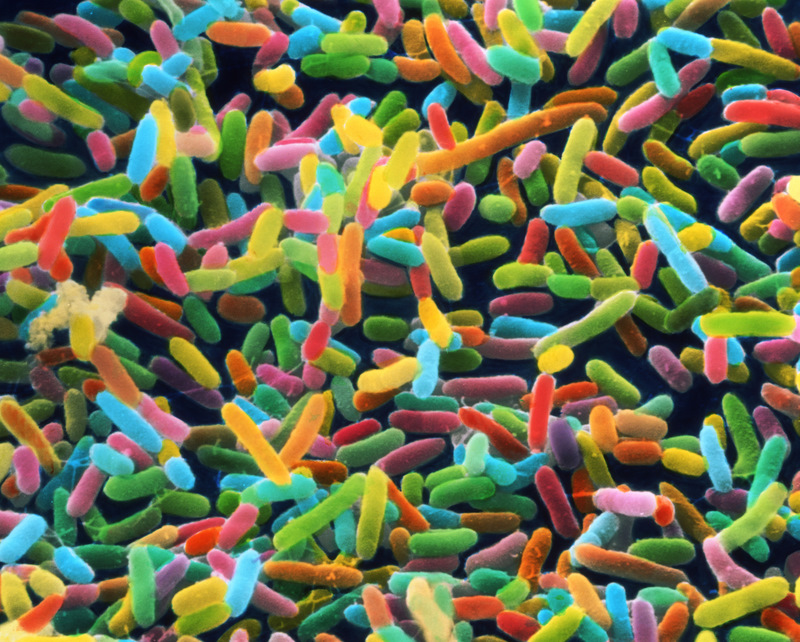Significance
We determined the crystal structure of the full-length amphibian antimicrobial peptide (AMP) uperin 3.5 and showed fibrillation into helical “cross-α” amyloid fibril, correlated with its antibacterial activity. This provides a molecular basis for the link between AMPs which are largely helical in nature, and amyloid formation. Uperin 3.5 is a cross-α amyloid discovered in eukaryotes, following a previously reported cross-α amyloid fibril for Staphylococcus aureus PSMα3 cytotoxin, hence demonstrating the existence of the cross-α amyloid architecture across kingdoms of life, with potential functional roles in early evolution. Furthermore, the findings revealed a chameleon cross-α/cross-β secondary structure switch of uperin 3.5 fibrils, likely related to regulation of its activity.
Abstract
Antimicrobial activity is being increasingly linked to amyloid fibril formation, suggesting physiological roles for some human amyloids, which have historically been viewed as strictly pathological agents. This work reports on formation of functional cross-α amyloid fibrils of the amphibian antimicrobial peptide uperin 3.5 at atomic resolution, an architecture initially discovered in the bacterial PSMα3 cytotoxin. The fibrils of uperin 3.5 and PSMα3 comprised antiparallel and parallel helical sheets, respectively, recapitulating properties of β-sheets. Uperin 3.5 demonstrated chameleon properties of a secondary structure switch, forming mostly cross-β fibrils in the absence of lipids. Uperin 3.5 helical fibril formation was largely induced by, and formed on, bacterial cells or membrane mimetics, and led to membrane damage and cell death. These findings suggest a regulation mechanism, which includes storage of inactive peptides as well as environmentally induced activation of uperin 3.5, via chameleon cross-α/β amyloid fibrils.







